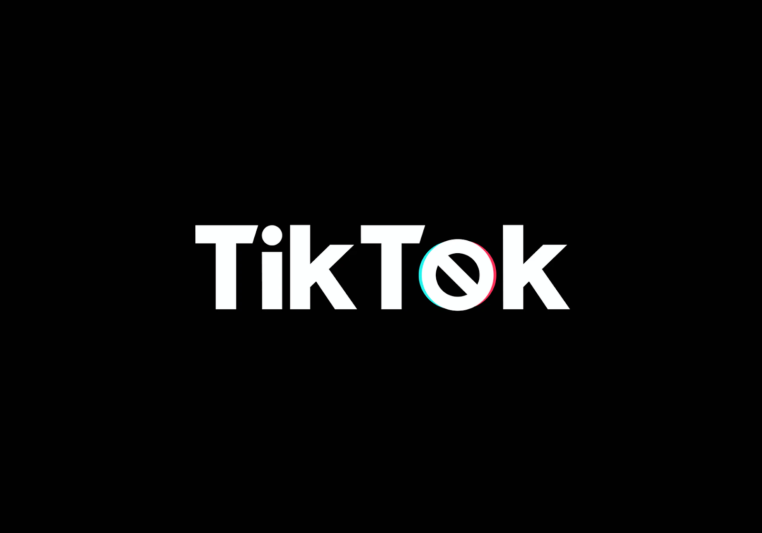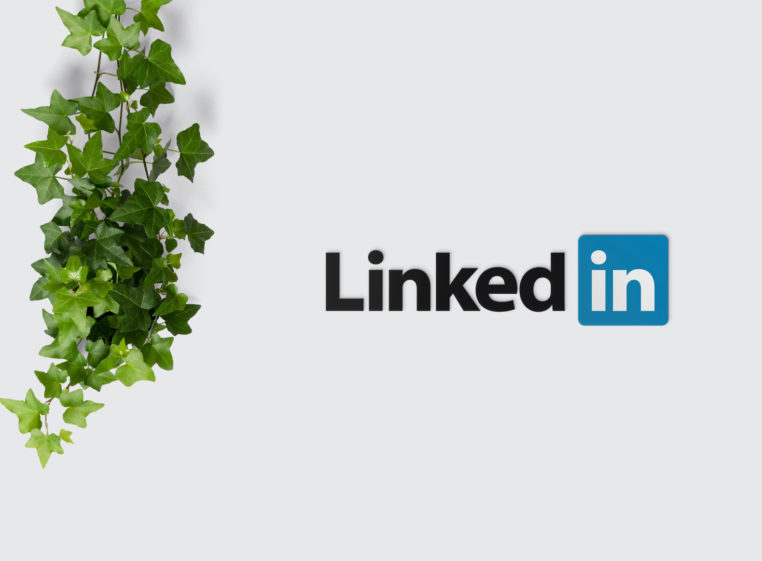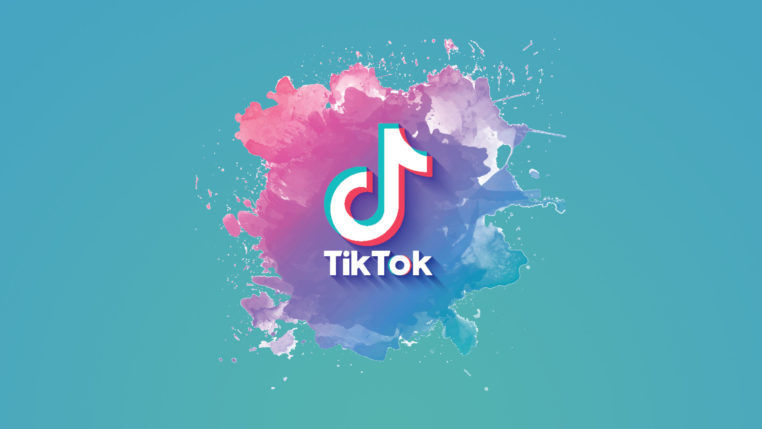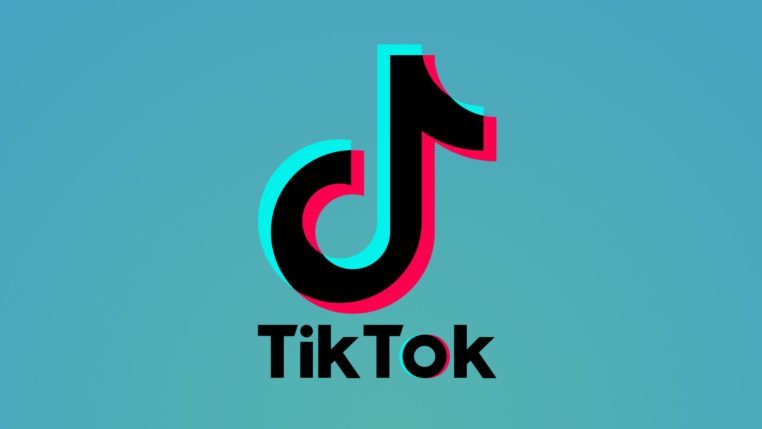How To Decide On The Best Paid Social Platform For You

Table of Contents
Building your brand with an effective social media strategy is important. It is a great way to engage with your audience directly and reactively. With most social media platforms free to use and share content on, why do businesses pay to promote on social media?
Your organic social strategy can be enhanced with a paid social campaign. Paid social can widen your audience and increase brand awareness in a more targeted way than other forms of digital marketing.
But, how do you pick which platform to put your budget on? There are many things to consider when forming your social media strategy, both about the platform itself, and your businesses’ social media aims.

In this article, we will define what paid social is and outline what social platform supports paid activity. We will guide you to making the best decision for your business by choosing the paid social platform that will help your business to grow and amplify your social media strategy.
Organic vs Paid - what’s the difference?
It is important to define organic and paid social before attempting to understand the difference. Organic content is free to post. Think Instagram grid post. Simply put, paid content has money behind it.
One of the biggest differences between organic and paid social is who sees the content. Organic content will be seen by anyone who follows you on that platform. Paid social content will be shown to people outside of your followers, based on who you decided to target.
There are different types of paid social, too. Sometimes brands dip their toe into the paid social pond by adding a small amount of money (maybe under £50) to an existing ‘organic’ post. This is often called ‘boosting’ a post and is a way to ‘test the waters’ before investing time and budget into paid social campaigns.
Then there are paid social ads. These are campaigns that allow you to target people you want to see your content. You can be as specific or as broad as you want, adjusting things like age, geographic location, career or industry and many more. You can control all the granular details, down to the times the content will appear on targeted audiences feed, to the type of creative campaign you want to feature.
With the algorithm increasingly hard to understand, let alone ‘beat’, there has never been a better time to begin your paid social strategy. It’s important to look at paid social as an extension of your other online marketing activities and take a more strategic approach and use it to grow your business.
What Social Media Platforms Support Paid Promotions?
Greater demand for paid promotion has led to many more social media platforms introducing advertising options that brands and businesses can use.
Facebook and Instagram are the leaders in paid social, and are quick to update according to trends. Facebook has over 1.3 billion active users, so you can really broaden your audience with a Brand Awareness campaign. Not too far behind, Instagram has 1.16 active users (and counting!). Instagram is a very creative platform and has various formats you can utilise for advertising, from square grid posts to sponsored Stories and relatively new Reels. Videos and gifs do well on both of these platforms.

New kids on the block, TikTok, also have paid promotion features. With the majority of users being Gen Z, content on here should be short, snappy and trend-led. TikTok is more reactive and instant, so could be harder to plan for too far in advance, which is worth considering if you’re thinking of presenting it as part of your content schedule.

LinkedIn is the best for B2B, but don’t disregard it for B2C. LinkedIn is more formal, and factual posts perform best. You could use this to share resources or advertise a service, rather than a product.

Twitter, WhatsApp and Snapchat all support paid social campaigns. Twitter has a low character count (only 280!) so it can be challenging to create succinct and successful promotions here. WhatsApp does allow you to personalise your approach and connect with customers. However, not many users have adopted this platform, with downloads of WhatsApp Business remaining low. Whereas Snapchat has approx. 17.6 million users in the UK and, similarly to TikTok, users are predominantly 16-24.
Picking The Platform For Your Business
There is no doubt that multi-platform marketing is essential for successful communications. But this doesn’t mean making carbon copy campaigns on each social media platform. You also don’t have to jump on every new platform when it launches. It is far better to look at each platform in detail and make an informed decision.
Understand each platform's average active user age and creative capabilities, then consider this against your target audience and overall marketing goals, as well as your capacity and budget. This will help you to pinpoint the paid platforms you should focus on.
For example, if you’re a consumer-goods business whose main consumers are Gen Z’s (16-24-year-olds), you’ll want to focus on Instagram and explore TikTok and produce creative, trend-led campaigns. If you're B2B, consider LinkedIn, and lead with informative problem-solving content.
Just because some brands are quick to create a TikTok account, doesn’t mean that you have to. If your consumers are unlikely to be using that platform, it won’t be worth the investment. Look at what organic content performs well and use this as a basis for your paid promotions.
Planning Your Paid Social Strategy
Now you’ve decided on the platform, or platforms, that you want to use for paid promotions, it’s time to start putting together your strategy!
Unlike your organic content, paid ads should be centered around a specific thing; a product launch, an event or a promotion. They should include a clear ‘call-to-action’. This could be a call to sign up to a newsletter, a shop now or book tickets button. Finally, they should direct audiences to a social media landing page. Remember to link this to Google Analytics or other reporting software to help you work out how successful a campaign has been and to work out your return on investment (ROI).
Sounds like too much for your already busy marketing team? It could be worth working with a digital marketing agency for your inaugural paid marketing campaign. Most agencies will be happy to show you the ropes and set up ad sets that can be used or amended for future campaigns.
Before you can find an agency to work with, first you have to decide on the KPIs and overall goal of your paid social content. Having a clear understanding of your objectives and creative vision before seeking out an agency. “If an agency doesn’t have a deep understanding of what your objectives are, then they’re literally guessing what will work for you,” Kau Media Group explain. “The better you can describe your business objectives, the better your conversations will be with prospective digital agencies.” This will help you to find an agency that can deliver the best results.
Measuring the success of a paid social campaign could be defined by your objectives. If you want to build awareness, this could be measured by follower increase or newsletter sign-ups. If you're keen to increase your engagement, calculate your engagement rate or see if your organic content is having more likes and comments. For lead generation and directing traffic, analyse your landing page stats, event tickets sold or data capture using forms. You can even create direct sales from a product link on an ad.
Final Thoughts
The social media landscape can be confusing, with updates and new features cropping up and new platforms appearing all the time. With organic social media engagement steadily declining, now is the time to adopt a paid media strategy to increase your brand awareness and share your content with a wider audience. Seek the help of an agency if you’re concerned about your first foray into paid social, and remember to set out clearly your objectives and expectations of social promotions.
Share this article



